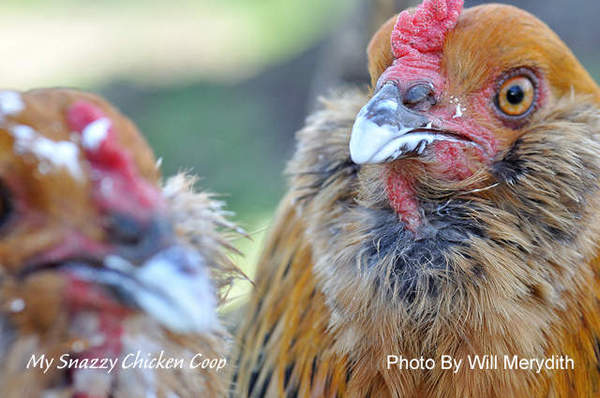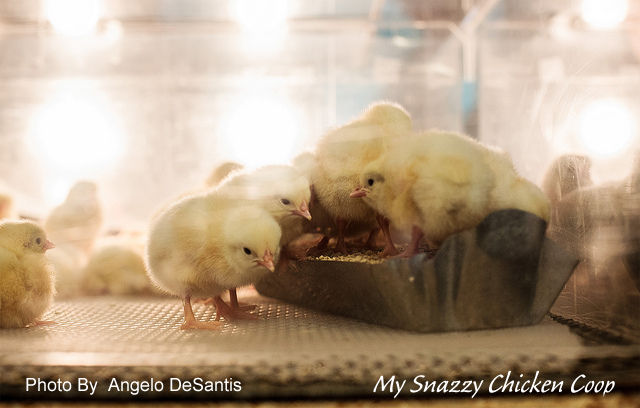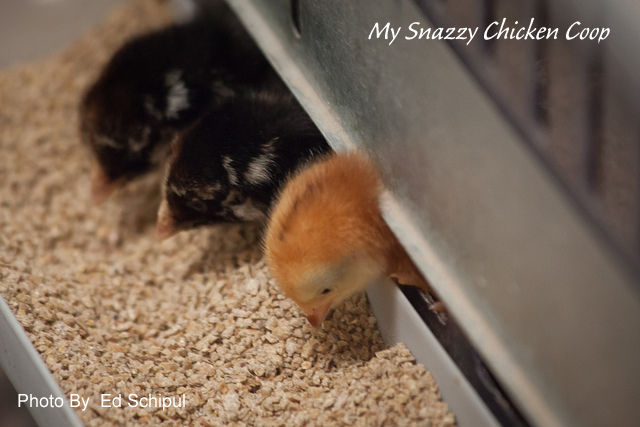Scaly leg mites are small (invisible to the naked eye), but they tend to make diagnosis pretty simple. These mites spend their entire lives burrowing in the scaly, unfeathered areas of a bird’s legs and shanks or, less commonly, beak. A flaky or powdery appearance to a bird’s legs is often the first sign of a problem. Infestations can become gruesome as lesions form and eventually develop into the large, crusty “scales” that have earned the mite its name. These growths can cripple a bird if left unchecked – so you may want to have suspected cases confirmed by a lab as soon as possible but there are some quite simple treatments that can be very helpful in getting rid of the mites (especially if caught early) and are not too intrusive to your chickens – although if yours are not handled very often they are bound to be a bit indignant.
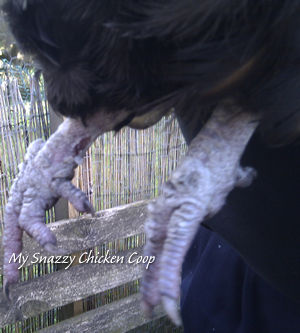 Step One : Killing The Mites
Step One : Killing The Mites
The simplest treatment for Scaly Leg Mites is to suffocate the mites which essentially means holding your chickens legs in a bowl of vegetable oil or baby oil etc for at least a minute or perhaps lathering their legs with vaseline. Any oil would work at sufficating the mites but obviously from your chickens point of view it needs to be a non-toxic one – your old motor oil would probably not be a good option for example.
If your birds will let you then soaking their legs in warm water and gently brushing away some of the dirt from underneath the scales should help soften and clean the scales ready for the treatment but if that is going to upset them too much just stick with the oil/vaseline initially so as not to stress your chickens out too much.
I say chickens – plural – because with parasites if one has them, they all do, and it is better to treat everyone together so they can’t keep spreading them between themselves.
Step Two : Re-apply at least once more
To be sure you have dealt with all the mites repeat the method you used to suffocate the mites at least once more in a week or so’s time.
Step Three : Clean the Coop
It is easy for parasites to hide out in the cracks and crevices and nesting material etc. so giving your coop a good clean and changing out the bedding can only help.
~ If you are dealing with a more advanced case and the leg scales are looking very lumpy and sore a stronger treatment such as Ivermectin may be advised by your vet (they still may also suggest using something like vaseline as well).

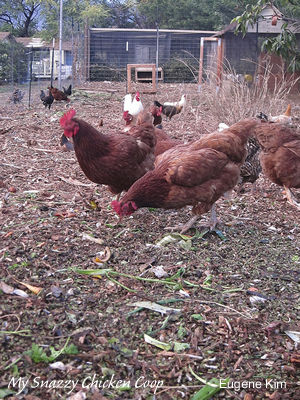 It can be one of the less attractive aspects of chicken keeping. No-one likes a bully, and seeing one of your favourites being pecked for no apparent reason can change the way you feel about the chicken(s) who are doing the pecking.
It can be one of the less attractive aspects of chicken keeping. No-one likes a bully, and seeing one of your favourites being pecked for no apparent reason can change the way you feel about the chicken(s) who are doing the pecking.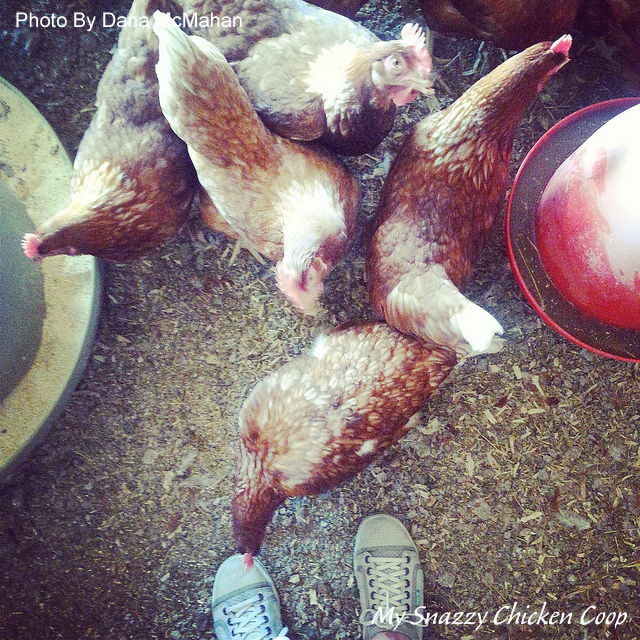

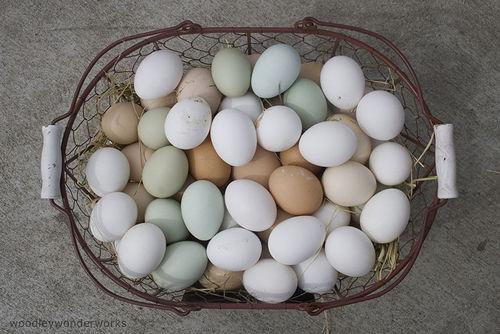
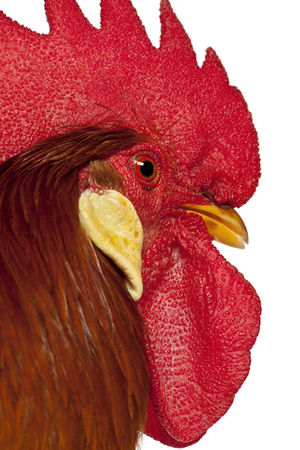 n a lot of cases you can get an idea of what colour eggs will be laid by looking at the colour of their earlobes. For instance there are several colour varieties of the leghorn breed of chicken but they all have white earlobes and lay white eggs. Sadly one of the exceptions to the ear lobe rule are silkies who have metalic blue earlobes but lay a pale egg (metalic blue would have been great!)
n a lot of cases you can get an idea of what colour eggs will be laid by looking at the colour of their earlobes. For instance there are several colour varieties of the leghorn breed of chicken but they all have white earlobes and lay white eggs. Sadly one of the exceptions to the ear lobe rule are silkies who have metalic blue earlobes but lay a pale egg (metalic blue would have been great!)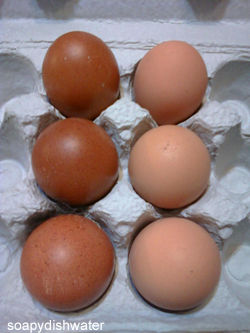
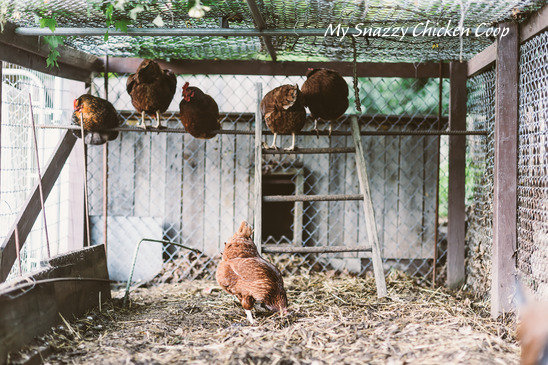
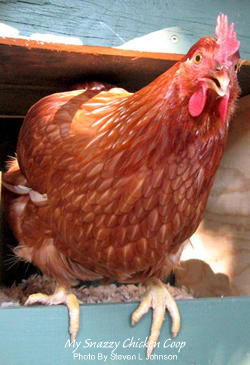 One of the most frustrating problems that can develop with chickens is if they start to eat their own eggs. This often begins accidentally; perhaps they have clumsily broken one or maybe they have laid a soft or shell-less egg which has splattered into the nesting box. Their natural inquisitiveness could have led them to pecking at the yolk on the floor and they have now decided they like the taste and would rather keep their eggs for themselves than have you collect them and take them away. Problem!
One of the most frustrating problems that can develop with chickens is if they start to eat their own eggs. This often begins accidentally; perhaps they have clumsily broken one or maybe they have laid a soft or shell-less egg which has splattered into the nesting box. Their natural inquisitiveness could have led them to pecking at the yolk on the floor and they have now decided they like the taste and would rather keep their eggs for themselves than have you collect them and take them away. Problem!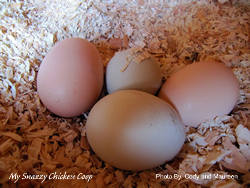 Nutritionally they should get what they need from a layers feed so if that makes up the majority of what they are eating, in theory the cause should not be nutritional. If the eggs are breaking because of a lack of bedding in the nestbox then obviously adding more bedding may help (if you have a hen whose first task when she enters the nestbox is to kick out all the bedding you have put into it – like one of mine does – a
Nutritionally they should get what they need from a layers feed so if that makes up the majority of what they are eating, in theory the cause should not be nutritional. If the eggs are breaking because of a lack of bedding in the nestbox then obviously adding more bedding may help (if you have a hen whose first task when she enters the nestbox is to kick out all the bedding you have put into it – like one of mine does – a 
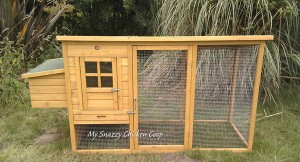 One of the things to decide upon when
One of the things to decide upon when 
 You probably already have some apple cider vinegar in your cupboard for things like salad dressings, homemade pickles and marinades and may have heard of its reported health benefits for those who include it in their diet, but did you know similar benefits can be given to your chickens as well?
You probably already have some apple cider vinegar in your cupboard for things like salad dressings, homemade pickles and marinades and may have heard of its reported health benefits for those who include it in their diet, but did you know similar benefits can be given to your chickens as well? Chicks that are being brought up by their mother hen will usually be out and about from just a few days old. She will take them out and show them how to peck for bugs and grass at a very young age and she may not be very careful about it (watching a mother hen and her chicks you will sometimes see her doing things that are ‘wrong’ such as leaving a chick behind, or leading them over wet grass).
Chicks that are being brought up by their mother hen will usually be out and about from just a few days old. She will take them out and show them how to peck for bugs and grass at a very young age and she may not be very careful about it (watching a mother hen and her chicks you will sometimes see her doing things that are ‘wrong’ such as leaving a chick behind, or leading them over wet grass).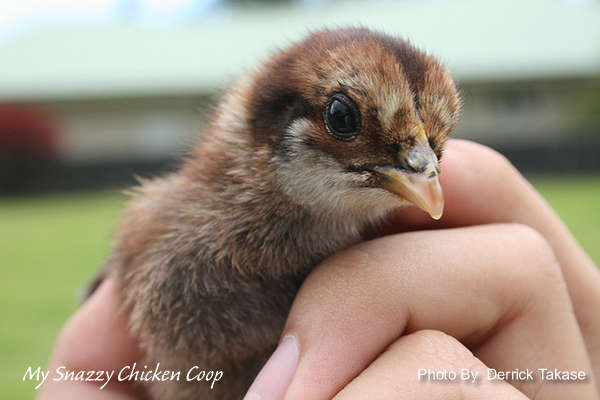
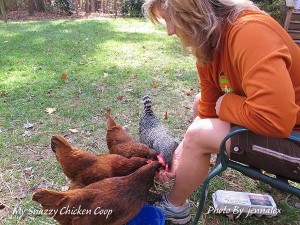 Chickens love to eat. They are like little pigs and the quickest way to get them to come running to you is to go out to them shaking your bag or rattling a box or whatever you use to give them regular treats. They will eat pretty much anything, but some favourites seem to be raisins (you may even be able to get them to jump for those!) and mealworms. Mine will literally
Chickens love to eat. They are like little pigs and the quickest way to get them to come running to you is to go out to them shaking your bag or rattling a box or whatever you use to give them regular treats. They will eat pretty much anything, but some favourites seem to be raisins (you may even be able to get them to jump for those!) and mealworms. Mine will literally 